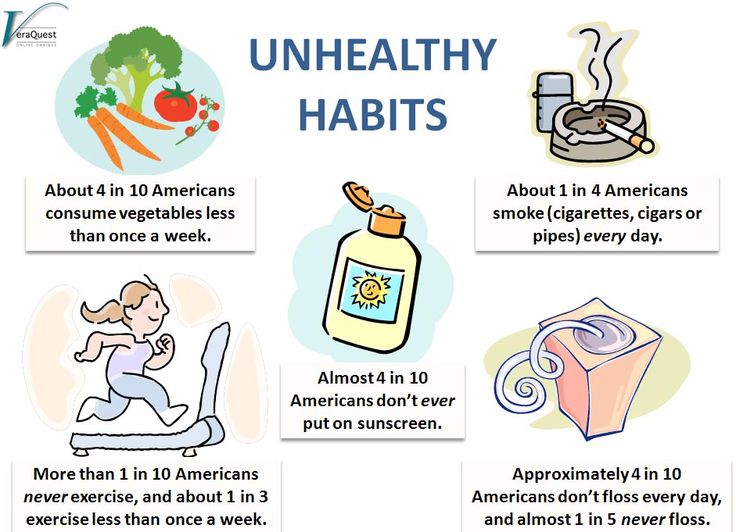
The World Health Organization (WHO) has called on governments globally to significantly increase taxes on alcohol, tobacco, and sugary drinks. Specifically, the organization proposed raising prices by at least 50% by the year 2035. This initiative, referred to as «3 by 35,» is projected by WHO experts to avert 50 million premature deaths over the coming 50 years.
The WHO statement emphasized that non-communicable diseases (NCDs), which are strongly linked to the consumption of these harmful products and include conditions like heart disease, cancer, and diabetes, are responsible for over 75% of all deaths worldwide.
To achieve its proposed goal, the WHO suggests implementing «health taxes» – a system already used in some nations, including Russia, to tax goods negatively impacting public health. The organization believes this taxation strategy will help mitigate the rise of chronic diseases while also providing a valuable source of revenue for governments.
“From Colombia to South Africa, governments that have introduced health taxes have seen reduced consumption of harmful products and increased revenue,” the organization stated. However, WHO highlighted a concern: “many countries continue to provide tax benefits to unhealthy industries, including tobacco. Furthermore, long-term investment agreements with industry, limiting tax increases on tobacco, can further undermine national health goals. WHO urges governments to review and avoid such benefits to support effective tobacco control and protect public health.”
Russian experts offered a different perspective. Alexander Rozanov, Director of the Association of Medical Specialists for Risk Modification, acknowledged that smoking, excessive alcohol consumption, and poor nutrition are major contributors to premature mortality. However, he argued that simply increasing the cost of these products is less effective than «targeted changes in lifestyle, habits, and other conditions that can affect disease development or health deterioration.» He expressed doubt that the new WHO initiative would achieve its aims, suggesting it might remain merely a good intention because it may not adequately consider existing practices and scientific evidence.
Sergey Leonov, head of the State Duma Committee on Health Protection, echoed the sentiment that price increases alone are insufficient to resolve the national health crisis. He advocated for using «soft power methods,» such as actively promoting healthy lifestyles, fostering widespread participation in sports, and encouraging proper nutrition so that citizens voluntarily make healthy choices. He added that the state`s role should be to create conditions that make healthy leisure activities more accessible and appealing to the population.
In Russia, there is an established practice of imposing excise taxes on products deemed detrimental to health. For instance, since July 1, 2023, an excise tax of 7 rubles per liter has been levied on sugary drinks as part of efforts to combat excessive sugar consumption. While producers and importers pay this tax initially, the cost is ultimately passed on to consumers. Revenue generated from this excise tax is directed to the federal budget and partially allocated to funding the federal project «Fight Against Diabetes.»
Amendments to the Russian Tax Code also outline rising excise taxes on ethyl alcohol and alcohol-containing products. The tax is set at 740 rubles per liter of anhydrous alcohol in 2025, increasing to 770 rubles in 2026, and 801 rubles in 2027. These funds contribute to both federal and regional budgets, though their allocation is not exclusively tied to healthcare. However, in October 2023, Russian President Vladimir Putin stated that the majority of revenue from alcohol and tobacco excise taxes should address social issues, including the development of sports. Following his directive, starting in 2026, a portion of these excise revenues will be provided to regional governments in the form of subsidies to support the construction of sports facilities, initiatives aimed at «increasing population physical activity,» and medical rehabilitation programs.











